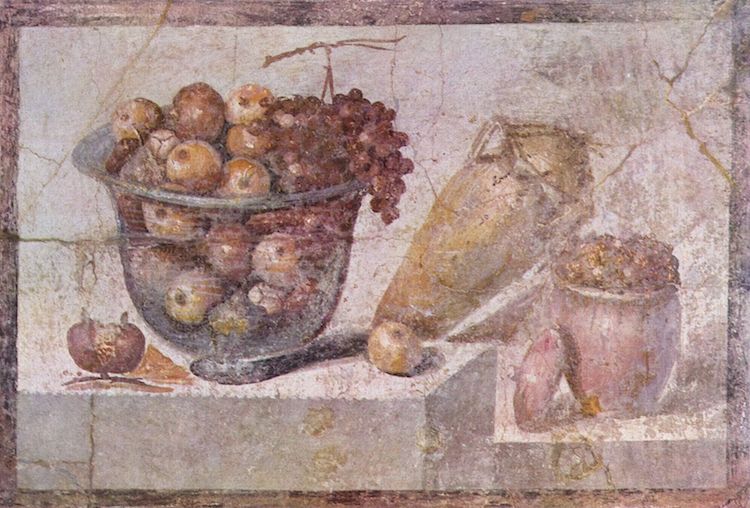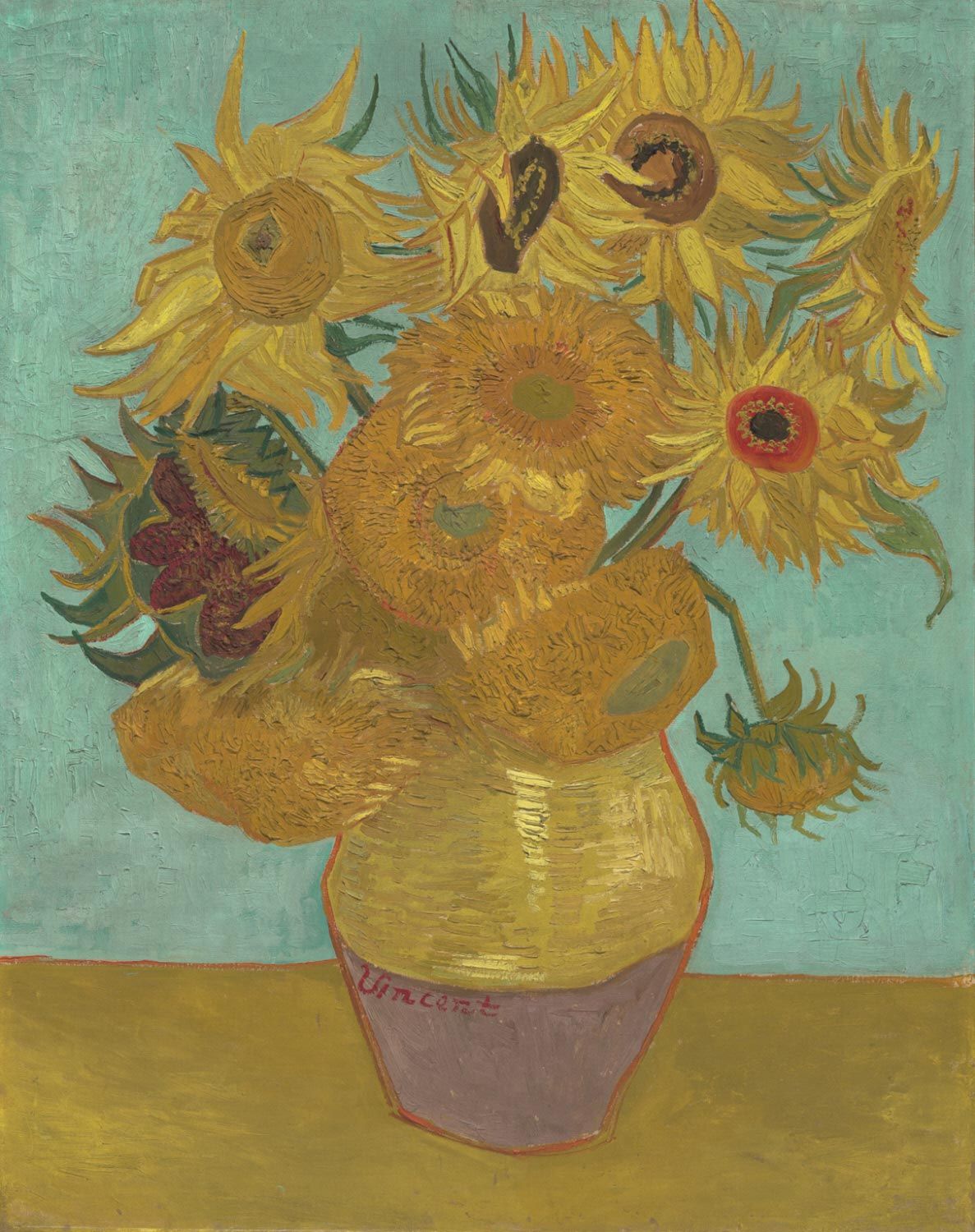Ancient History
The earliest forms of still life could be considered to be caveman paintings or Egyptian. wall paintings from 15 BCE. A still life is a piece of art illustrating an inanimate object. The most famous case of the Egyptian still life comes from a tomb in Menna which depicted everyday objects and life.
Ancient Greeks and Romans also did forms of Still life art. often in the form of mosaic or Fresco.

The Middle Ages
Still Life art was adapted for religious purposes. Religious symbols were painted and still-life images were painted to fill manuscripts. Objects like coins, seashells, and fruit were painted into these religious books.
Renaissance
Artists in the north popularised paintings of flowers. As these paintings became trendy the rich would get exotic flowers originally from other countries or other continents painted in order to show off their wealth. In the 17th century painting, everyday objects became very popular. Different objects became different symbols for wealth, mortality, death.

Dutch Golden Age
Dutch artists took a particular interest in still life paintings but they took it one step further. A specific style called Vanitas developed which was characteristically known by having a skull in the painting. They were inspired by a specific Latin style memento mori which means ‘remember you have to die.’ The difference was that Vanitas paintings also contained books and musical instruments to represent the vanity of life.

Modern Art
Still life remained popular in the modern art movement. Impressionists like Van Gogh adopted flower vases as their subjects and apples, wine glasses and water jugs became very popular as subjects.

Contemporary Art
Now in the 21st century still life has taken on another new style called hyperreality, which is a contemporary twist on still life. This is either done through really realistic paintings or photographs.

